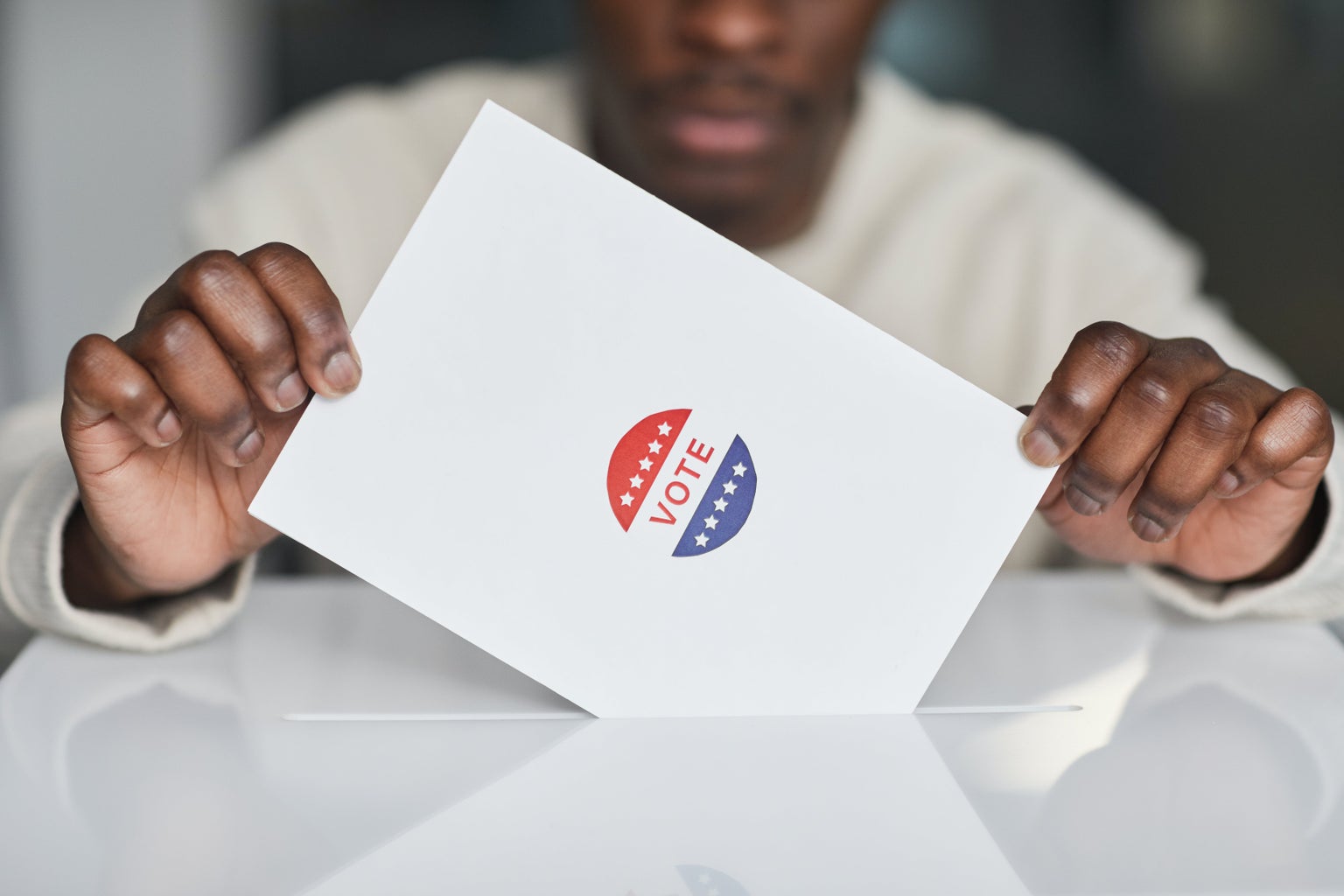Many U.S. citizens have been gearing up for the 2024 election for a long time. Many are preparing for Nov. 5, 2024, whether with anticipation or dread, but there are actually U.S. elections happening much sooner — the primary elections, which are a key part of presidential election years in the United States. Primary elections play an important role in the American electoral system, but different parts of the country handle them differently. Here is a guide to the different types of primary elections, so you can be prepared for election season 2024.
What is a primary election?
A primary election is a type of election where political parties determine which candidate(s) will be listed on the general election ballot for their party. In a primary election, voters choose which candidate they believe should be on the general election ballot.
A primary is different from a caucus. Primaries are run by state and local governments, where voting happens by secret ballot. Caucuses are run by political parties and are held at the county, district, or precinct level. Participants in caucuses will divide themselves into groups based on the candidate they support, and the number of voters in each group determines how many delegates their respective candidate has won.
The 2024 primaries and caucuses began on Jan. 15 and will run through Sept. 10. The Republican National Convention and Democratic National Convention will take place on July 15-18 and Aug. 19-22, respectively, and this is where each party is expected to announce their official candidates for the general election.
Types of Primary Elections
In a closed primary, only voters affiliated with a given political party are allowed to vote in that party’s primary election (Republicans can only vote in the Republican primary and Democrats can only vote in the Democratic primary). According to Ballotpedia, closed primaries are used by at least one party in the following states: Connecticut, Delaware, Florida, Kentucky, Maine, Maryland, Nevada, New Mexico, New York, Oklahoma, Oregon, Pennsylvania, South Dakota, Utah, Washington D.C., and Wyoming.
In an open primary, voters do not need to be affiliated with a given political party to vote in that party’s primary election. However, voters are only allowed to vote in one primary, so they must choose which party’s primary to vote for. Open primaries are used by at least one party in the following states: Alabama, Arkansas, Georgia, Hawaii, Illinois, Indiana, Iowa, Michigan, Minnesota, Mississippi, Missouri, Montana, North Dakota, Ohio, South Carolina, Tennessee, Texas, Vermont, Virginia, and Wisconsin.
In a semi-closed primary, independent or unaffiliated voters may choose which party’s primary election to participate in. Registered or affiliated voters still have to vote in the primary election of the party they are affiliated with. Semi-closed primaries are used by at least one political party in the following states: Arizona, Colorado, Idaho, Kansas, Massachusetts, New Hampshire, New Jersey, New York, North Carolina, Oklahoma, Rhode Island, South Dakota, Utah, and West Virginia.
In a top-two primary, candidates from all parties are listed on the same ballot. Once all the votes are counted, the top two candidates advance to the general election, regardless of their party. Three states have used a top-two primary in the past: California, Nebraska, and Washington. Additionally, Alaska and Louisiana use variations of the top-two primary.
The 2024 Primaries
Although it is early in the election process, current President Joe Biden and former President Donald Trump have been doing the best in their respective primary races. If they win their primaries, the 2024 presidential election will yet again be a race between Trump and Biden.




